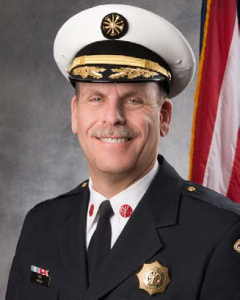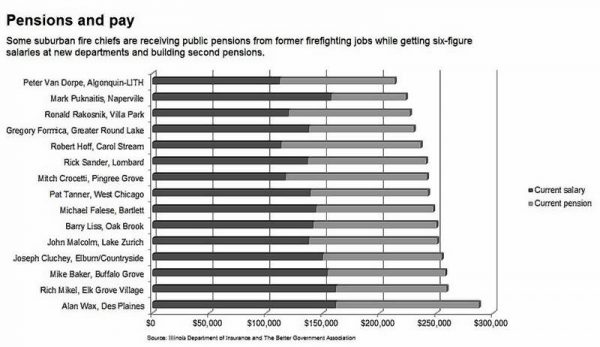Excerpts from the randolphheraldtribune.com:
Des Plaines Police Chief William Kushner will take the position of director of public safety when Fire Chief Alan Wax retires on Oct. 18. Kushner will oversee operations of both the police and fire departments during the search for a new fire chief.
Kushner’s salary will increase 5% while he serves as director of public safety, then return to its current level of about $160,000 once a full-time fire chief is in place. The city manager estimates the process to hire a new fire chief will take 6-8 months. In the meantime, he plans to contract recruiters to create and distribute ads to attract candidates. Despite acknowledging that having a permanent public safety director overseeing both departments would save money, he said it’s better to have separate chiefs leading each agency.































